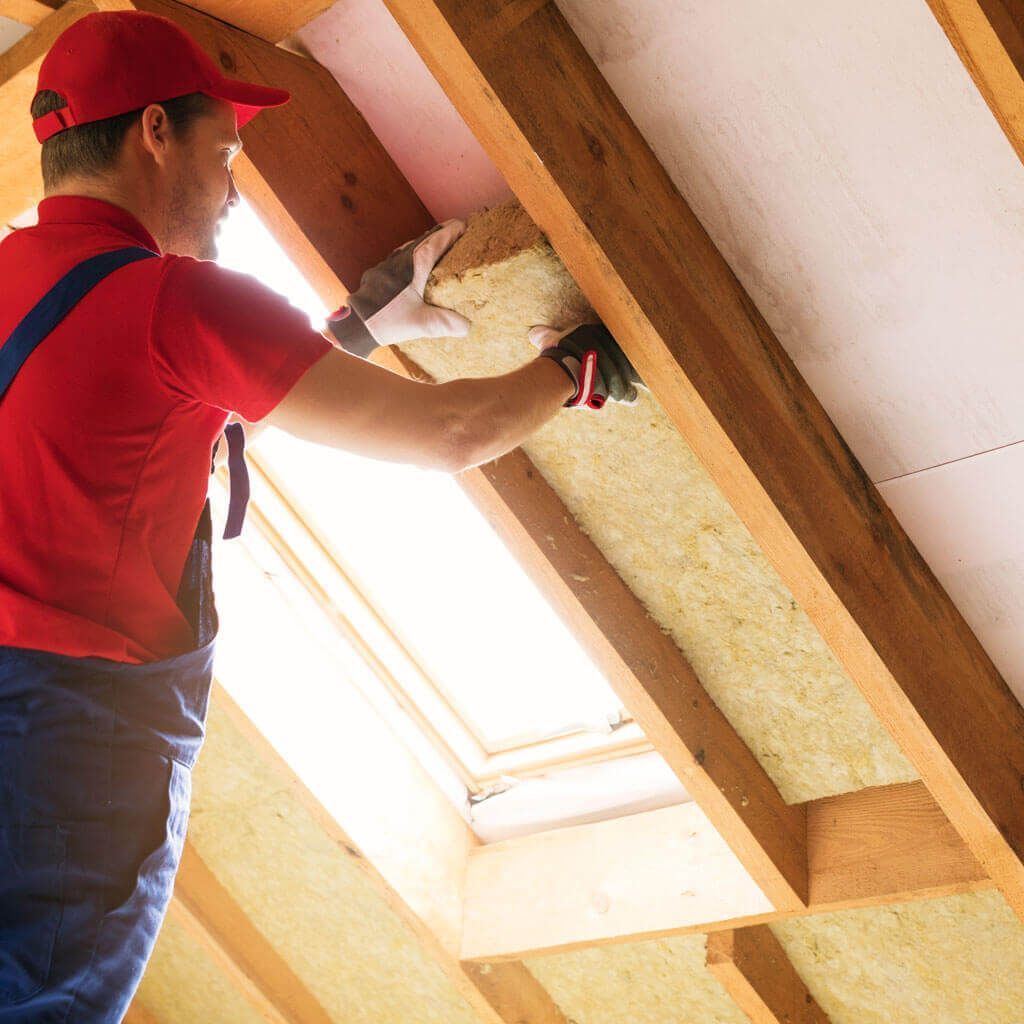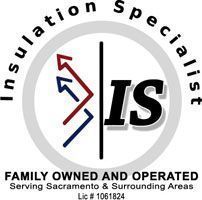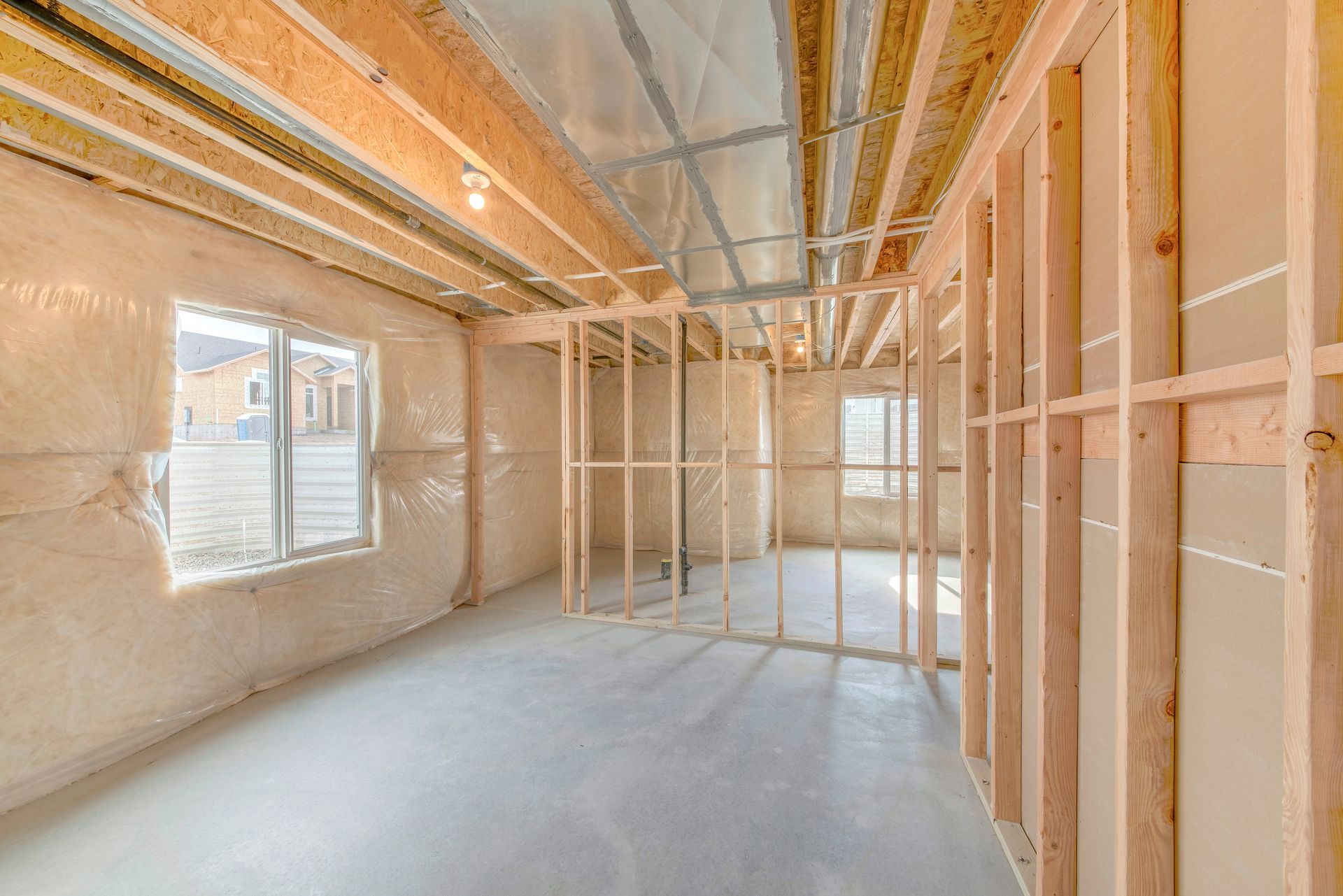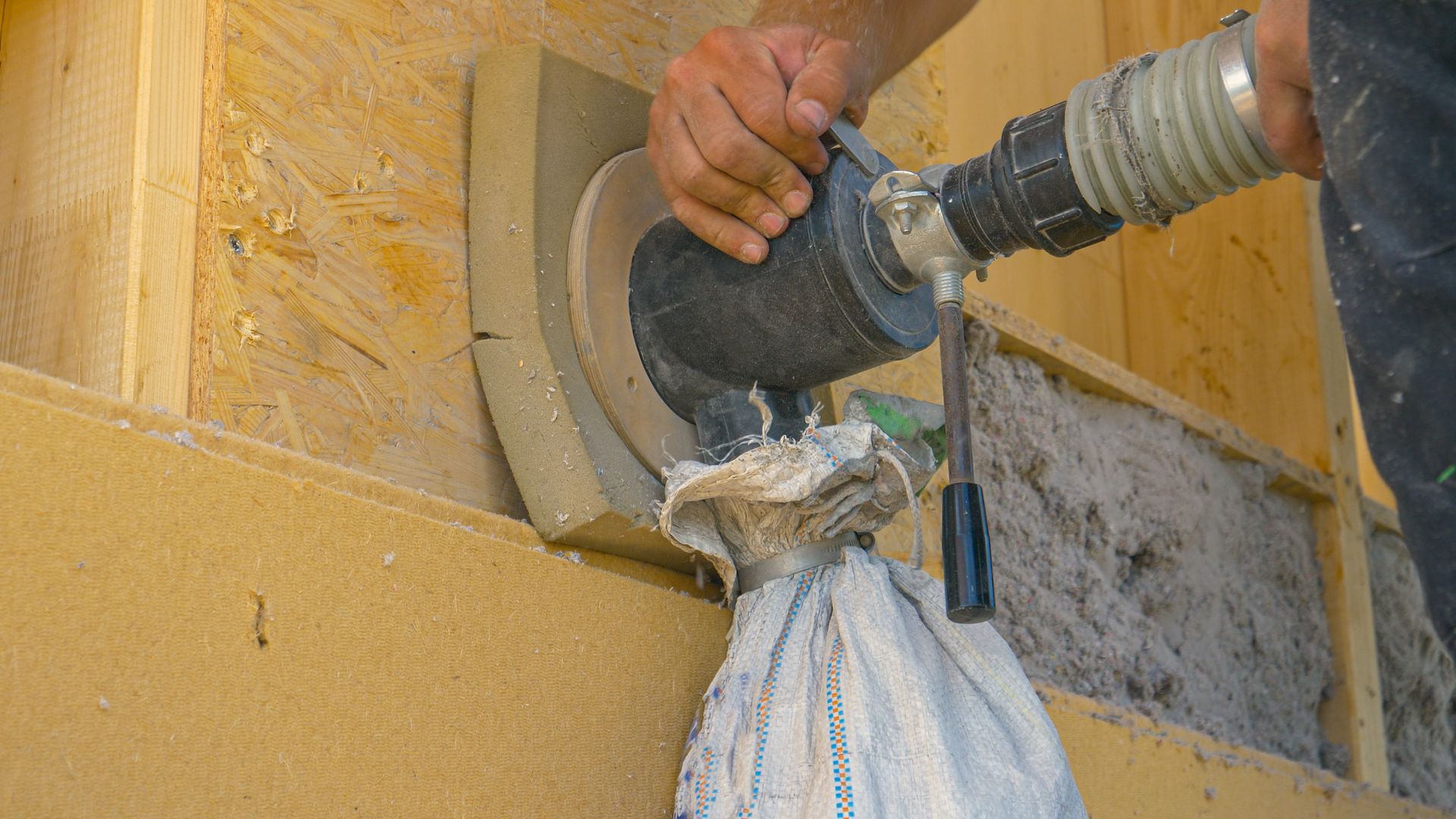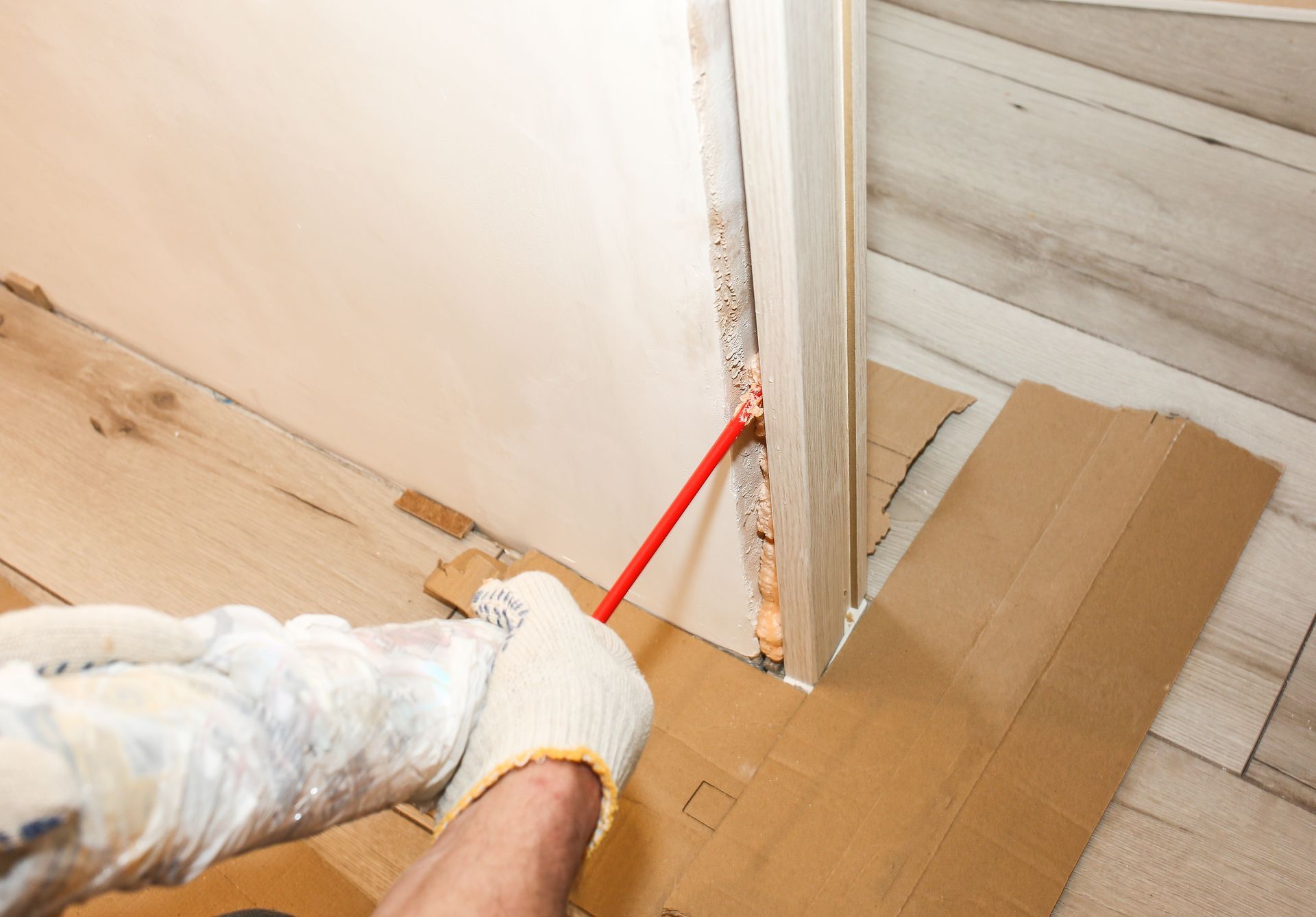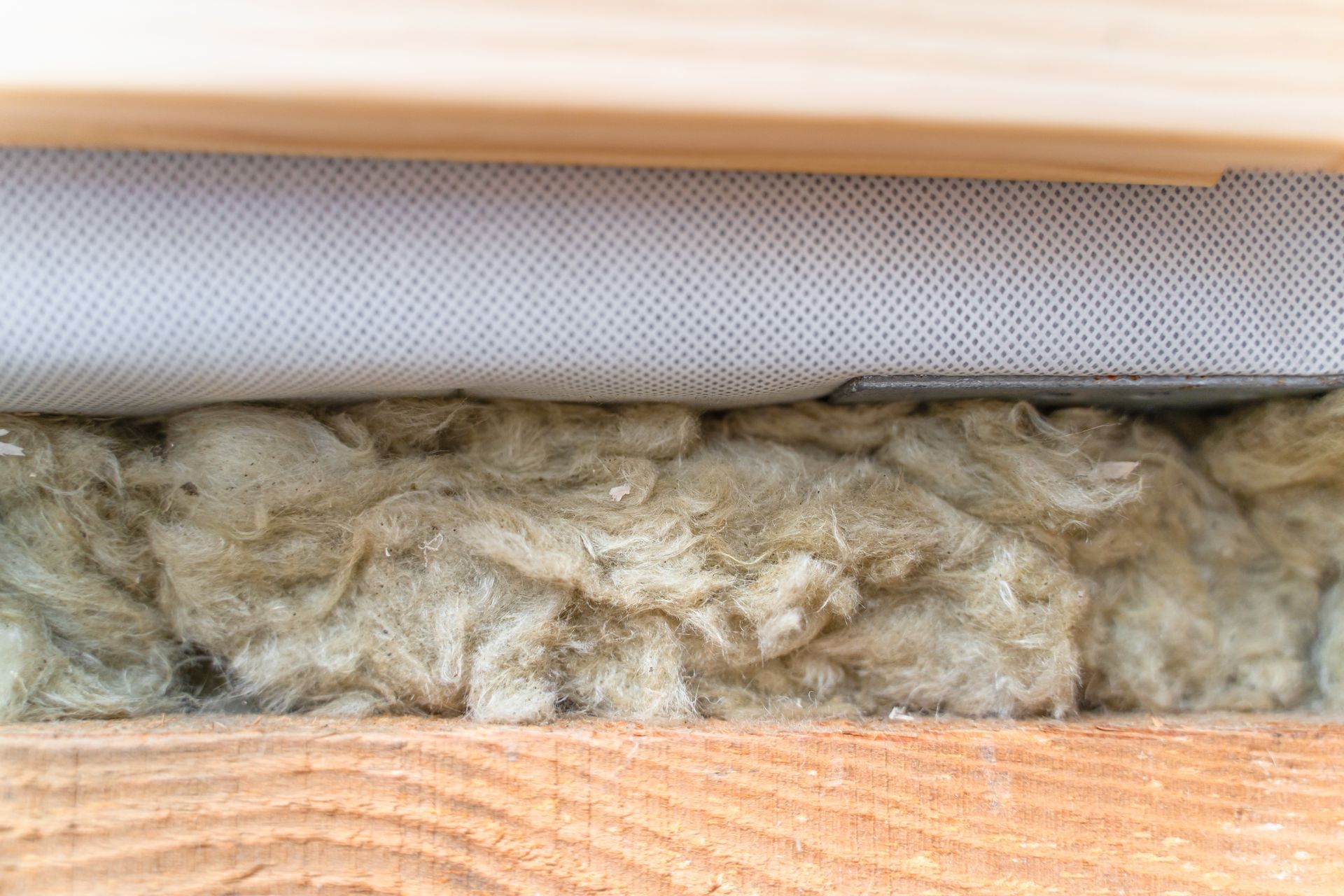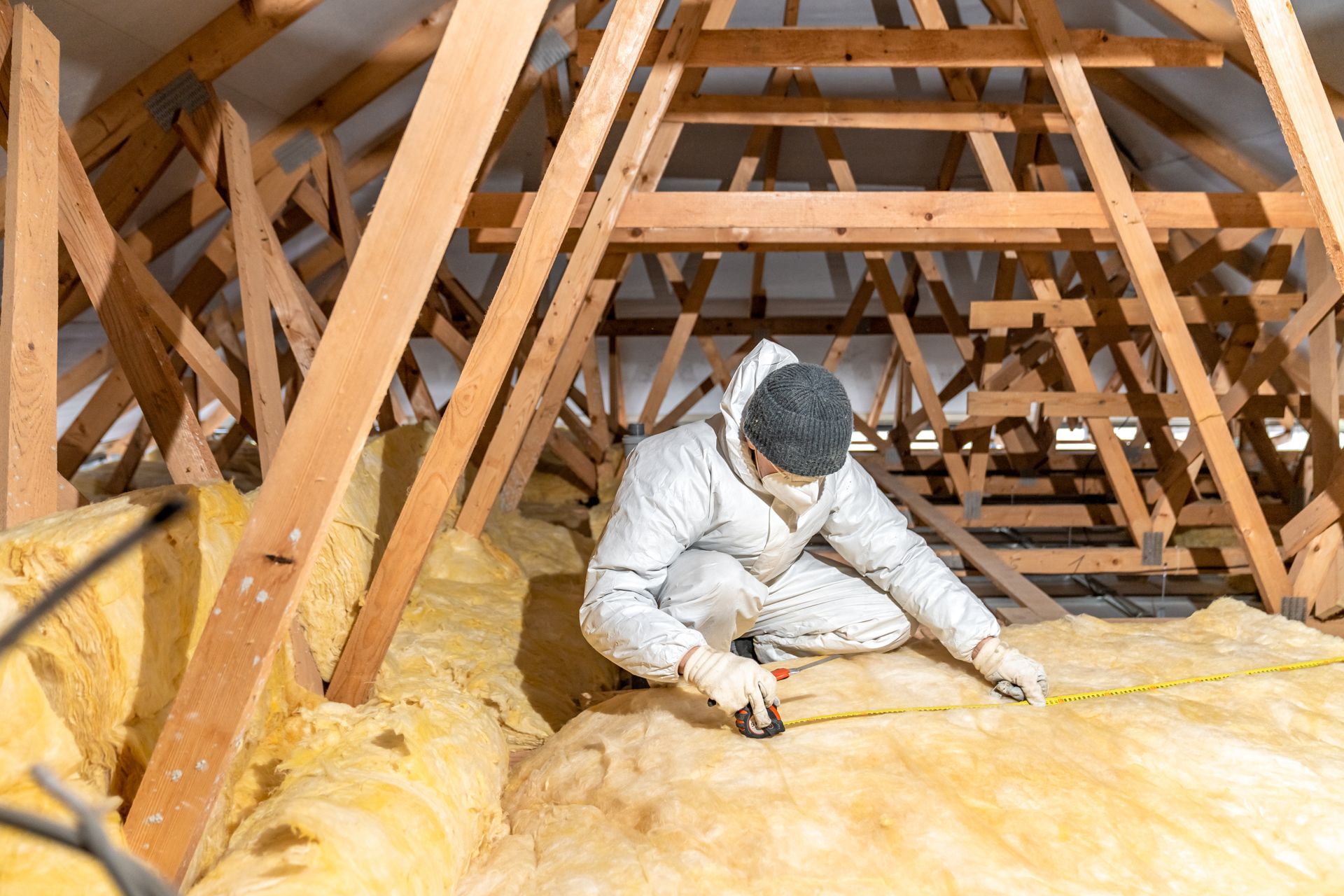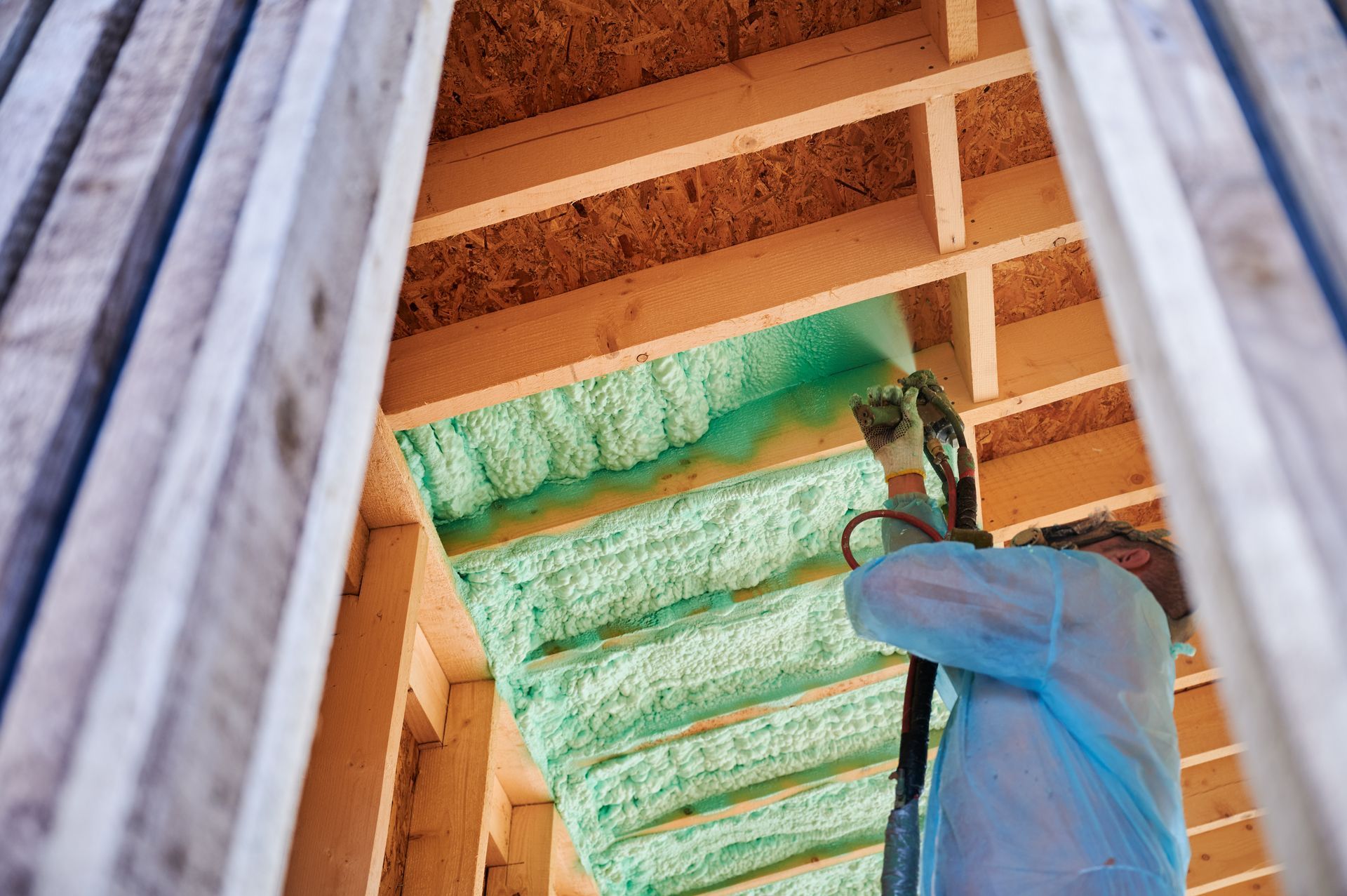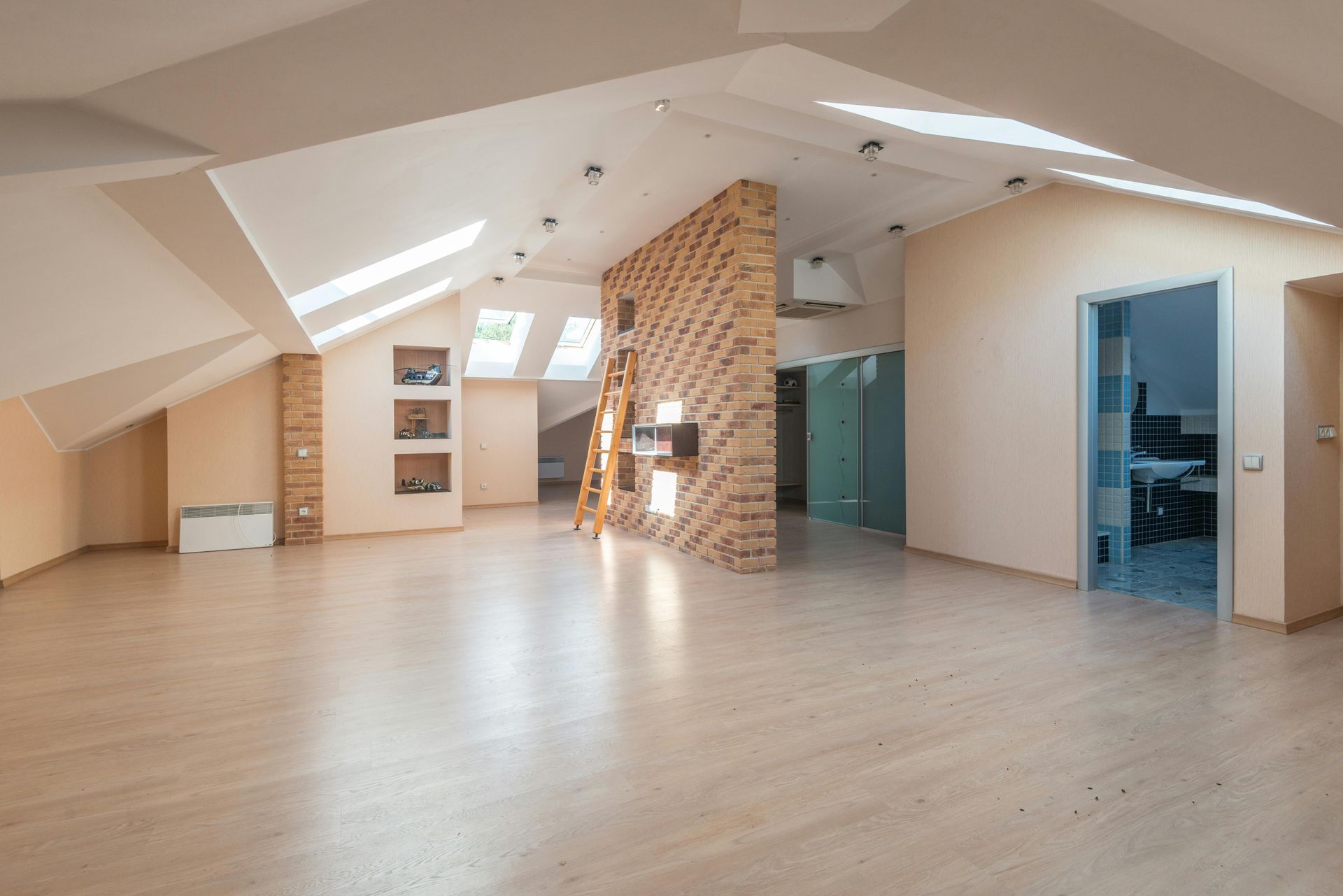How to Spot and Fix Insulation Problems in Older Homes
If you live in an older home, chances are your insulation may not be as effective as it could be. At Insulation Specialist Inc, located in Kelsey, CA, we often encounter homes that need significant insulation updates to improve energy efficiency and comfort. This comprehensive guide will help you spot common insulation issues in older homes and provide solutions to fix them. For personalized advice and professional services, feel free to contact us at (530) 401-3779.
Recognizing the Signs of Poor Insulation
- Inconsistent Temperatures: One of the most telling signs of inadequate insulation is uneven temperatures throughout your home. If some rooms feel significantly warmer or cooler than others, it's likely that your insulation is not performing effectively.
- High Energy Bills: If your heating and cooling costs are higher than expected, poor insulation could be to blame. Inadequate insulation forces your HVAC system to work harder to maintain a comfortable temperature, resulting in increased energy consumption and higher bills.
- Drafts and Cold Spots: Drafts are a clear indication that your home’s insulation is compromised. If you feel cold air entering through walls, windows, or doors, it's time to investigate your insulation.
- Ice Dams in Winter: Ice dams form when heat escapes through the roof, melting snow that then refreezes at the roof's edge. This is a clear sign that your attic insulation is insufficient.
- Pest Infestations: Older or damaged insulation can become a haven for pests. If you notice an increase in pests such as rodents or insects, your insulation might need replacing.
Common Insulation Problems in Older Homes
- Settled Insulation: Over time, insulation materials can settle, reducing their effectiveness. This is common with loose-fill insulation in attics or walls. As the insulation compacts, it loses its ability to trap air and provide a thermal barrier.
- Outdated Insulation Materials: Many older homes still have outdated insulation materials like asbestos or vermiculite, which are not only inefficient but can also pose health risks. Modern insulation materials are far superior in both safety and performance.
- Moisture Damage: Water can severely impact insulation, reducing its R-value and leading to mold growth. Leaky roofs, plumbing issues, or high humidity levels can all contribute to moisture problems in your insulation.
- Insufficient Coverage: In older homes, insulation might not cover all areas adequately. Common trouble spots include attics, basements, crawl spaces, and around windows and doors.
- Air Leaks: Cracks and gaps in the building envelope allow air to bypass your insulation, reducing its effectiveness. These leaks can occur around windows, doors, electrical outlets, and in the attic.
Steps to Identify Insulation Issues
- Conduct an Energy Audit: A professional energy audit can pinpoint areas in your home that are wasting energy. Auditors use tools like blower doors and infrared cameras to pinpoint insulation gaps and air leaks.
- Inspect the Attic: Check your attic for signs of insulation problems. Look for areas where insulation has settled, is damaged, or is missing altogether. Also, check for moisture issues or pest activity.
- Examine Walls and Floors: Inadequate wall and floor insulation can be harder to detect. However, cold spots, drafts, and uneven temperatures can indicate problems. A thermographic inspection can reveal hidden insulation gaps.
- Check Windows and Doors: Windows and doors are common sources of drafts. Ensure that they are properly sealed and that the surrounding insulation is intact. Replacing old windows with energy-efficient ones can also improve insulation.
- Review Your Energy Bills: Compare your current energy bills with those from previous years. Significant increases in energy costs can signal insulation issues.
Solutions for Fixing Insulation Problems
- Add or Replace Insulation: Depending on the extent of the problem, you might need to add more insulation or replace existing materials. Blown-in insulation is an effective solution for attics and walls, while spray foam can seal gaps and provide excellent thermal resistance.
- Seal Air Leaks: Use caulk or weatherstripping to seal gaps around windows, doors, and other penetrations. In the attic, seal openings around pipes, ducts, and vents.
- Upgrade Insulation Materials: Replace outdated insulation materials with modern, high-efficiency options. Fiberglass, cellulose, and spray foam are all excellent choices for improving your home's thermal performance.
- Install Vapor Barriers: Moisture barriers can prevent water from penetrating your insulation, protecting it from damage and mold growth. These are especially important in basements and crawl spaces.
- Address Moisture Issues: Fix any sources of water leaks, such as roof leaks or plumbing problems, to protect your insulation. Make sure to maintain proper ventilation in regions susceptible to high humidity.
Benefits of Upgrading Insulation in Older Homes
- Improved Comfort: Upgraded insulation helps maintain consistent indoor temperatures, enhancing overall comfort in your home.
- Energy Savings: Effective insulation reduces the workload on your HVAC system, leading to lower energy consumption and decreased utility bills.
- Enhanced Air Quality: Proper insulation can reduce the infiltration of outdoor pollutants and allergens, improving indoor air quality.
- Increased Home Value: Homes with updated insulation are more attractive to buyers, potentially increasing your property’s market value.
- Environmental Impact: By reducing energy usage, upgraded insulation contributes to a lower carbon footprint, supporting environmental sustainability.
Contact Insulation Specialist Inc for Your Insulation Needs in Kelsey, CA
At
Insulation Specialist Inc., we understand the unique challenges of insulating older homes. Our experienced team is here to help you enhance your home’s comfort and energy efficiency. Contact us today at
(530) 401-3779 to schedule an
inspection and consultation. Let us show you how modern insulation solutions can make a significant difference in your home. We provide
spray foam insulation,
fiberglass insulation, and
loose-fill insulation.
FAQs
How often should insulation be replaced in older homes?
Insulation in older homes should be evaluated every 15-20 years. If you notice drafts, uneven temperatures, or increased energy bills, it’s time to inspect and possibly replace your insulation.
What is the best insulation material for older homes?
The best insulation material depends on the area of the home and specific needs. Blown-in cellulose or fiberglass is ideal for attics and walls, while spray foam works well for sealing gaps and cracks.
How can I tell if my attic insulation is sufficient?
Check if the insulation covers the attic floor joists and maintains an even thickness throughout. An energy audit or thermographic inspection can also reveal if your attic insulation is adequate.
Can I add new insulation on top of old insulation?
Yes, you can add new insulation over existing materials, provided the old insulation is dry and in good condition. This can enhance the overall thermal performance of your home.
What health risks are associated with outdated insulation materials like asbestos?
Asbestos insulation poses serious health risks, including respiratory issues and cancer. If your home has asbestos insulation, it’s crucial to have it removed by professionals who specialize in hazardous material handling.
